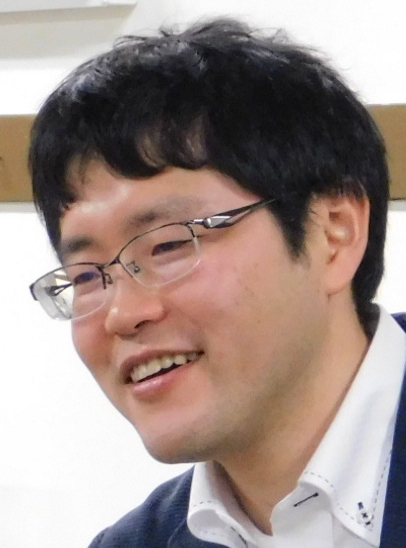Satellite Radio Reception Experiment Using SDR as a Teaching Material for High School Physics
PosterTeaching Methods and Tools
6th Shaw-IAU Workshop
Tuesday Nov. 12, 2024
UTC: 5:30 p.m. - 7 p.m. America/New_York: 12:30 p.m.- 2 p.m.
, Wednesday Nov. 13, 2024
UTC: 3 p.m. - 4:30 p.m. America/New_York: 10 a.m.- 11:30 a.m.
, Thursday Nov. 14, 2024
UTC: 10:30 a.m. - noon America/New_York: 5:30 a.m.- 7 a.m.
, Friday Nov. 15, 2024
UTC: 8 a.m. - 9:30 a.m. America/New_York: 3 a.m.- 4:30 a.m.
Some artificial satellites transmit radio waves that can be received using amateur radio equipment.
Satellite radio reception experiments allow students to observe satellite movements and study high school-level physical phenomena.
Kobayashi et al. (2020) showed that these experiments effectively motivate Japanese high school students to learn science.
We propose using Software-Defined Radio (SDR) instead of analog receivers for the experiments.
SDR enables direct visualization of frequency changes, allowing for the quantitative measurement of satellite velocity using the Doppler effect formula.
It offers valuable material for studying Kepler's motion and the Doppler effect in high school physics.
We conducted classes with SDR-based experiments and will report our findings.
Biography:
Hideki Uchiyama is an X-ray astronomer who graduated from Kyoto University with a B.S. in 2005, an M.S. in 2007, and a Ph.D. in 2010. He participated in the Suzaku (ASTRO-E2) and Hitomi (ASTRO-H) missions and is currently working on the XRISM mission. His main research interest is the Milky Way Galaxy, especially the high-energy activity in its central region. He teaches at the Faculty of Education, Shizuoka University, and has recently been involved in science education using (small) satellites.





